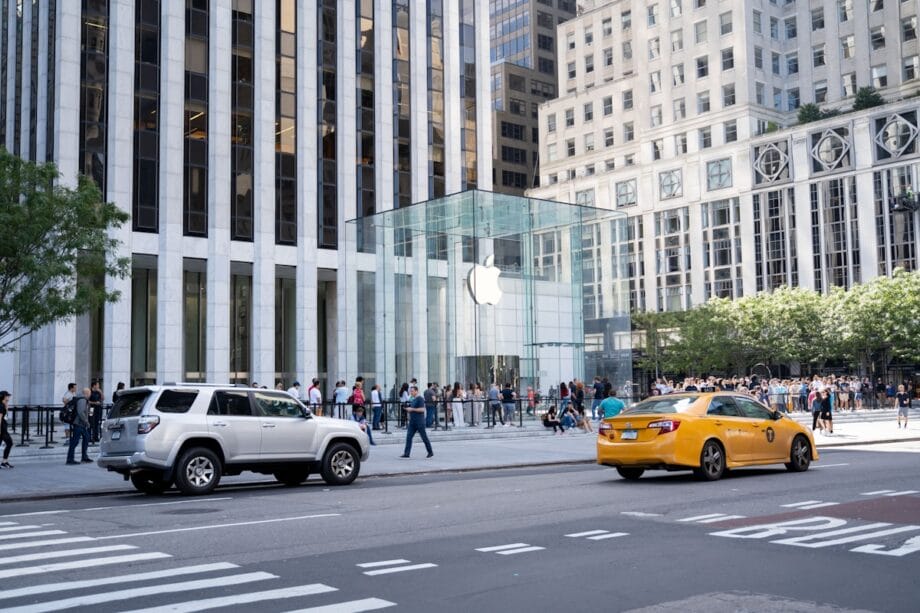The performance of Apple’s iPhone 17 series has surpassed many analysts’ forecasts, generating substantial momentum as the company approaches the holiday shopping season.
A recent analysis by Morgan Stanley reveals that demand for both the iPhone 17 and iPhone 17 Pro is outstripping initial expectations, positioning Apple advantageously in the competitive marketplace.
Apple’s iPhone 17 Sales Signal Robust Demand for the Future
This investment note underscores that Apple’s strategy of incremental refinement rather than drastic redesigns is resonating with consumers.
Although the iPhone 17 series refrains from presenting significant aesthetic alterations, noticeable enhancements in performance and user experience seem to be convincing buyers.
This aligns with Apple’s long-held conviction that consistency and reliability can be compelling motivators for upgrades, on par with more radical changes.
It is noteworthy that the iPhone Air has yet to debut in China, complicating the ability to gauge global demand across Apple’s entire product lineup.
Nevertheless, Morgan Stanley analysts maintain that Apple is poised to increase production of the iPhone 17, iPhone 17 Pro, and iPhone 17 Pro Max to meet burgeoning demand.
The strength exhibited by these three models indicates that Apple is strategically diversifying its offerings rather than depending on a single device for success this year.
The initial triumph is also amplifying expectations for the forthcoming iPhone 18 series, which is anticipated to introduce six new models, including the company’s inaugural foldable iPhone.
Analysts suggest that a significant cohort of users clinging to older devices equips Apple to accelerate upgrade cycles in the coming years and potentially sustain revenue growth through 2027.
“An antiquated iPhone installed base in dire need of upgrades — alongside the debut of a Foldable iPhone and a total of six new launches next cycle… supports high single-digit year-over-year revenue growth extending into FY27, even prior to factoring in any AI advancements.”
At this juncture, it is evident that Apple does not require yearly reinventions of the iPhone to maintain sales momentum. The company’s strategy of harmonizing design with consistent improvements continues to appeal to consumers eager for upgrades.

This methodology also illustrates that Apple’s iPhone strategy is structurally designed for longevity, ensuring that each enhancement fortifies the subsequent model.
Apple will disclose its quarterly earnings call by the end of the month, providing deeper insights into revenue metrics and the performance of its latest models. Until that time, preliminary indicators suggest that results are exceeding initial forecasts.
Are you contemplating an upgrade to the iPhone 17, or would you prefer to await Apple’s first foldable iPhone next year?
Source link: Wccftech.com.






